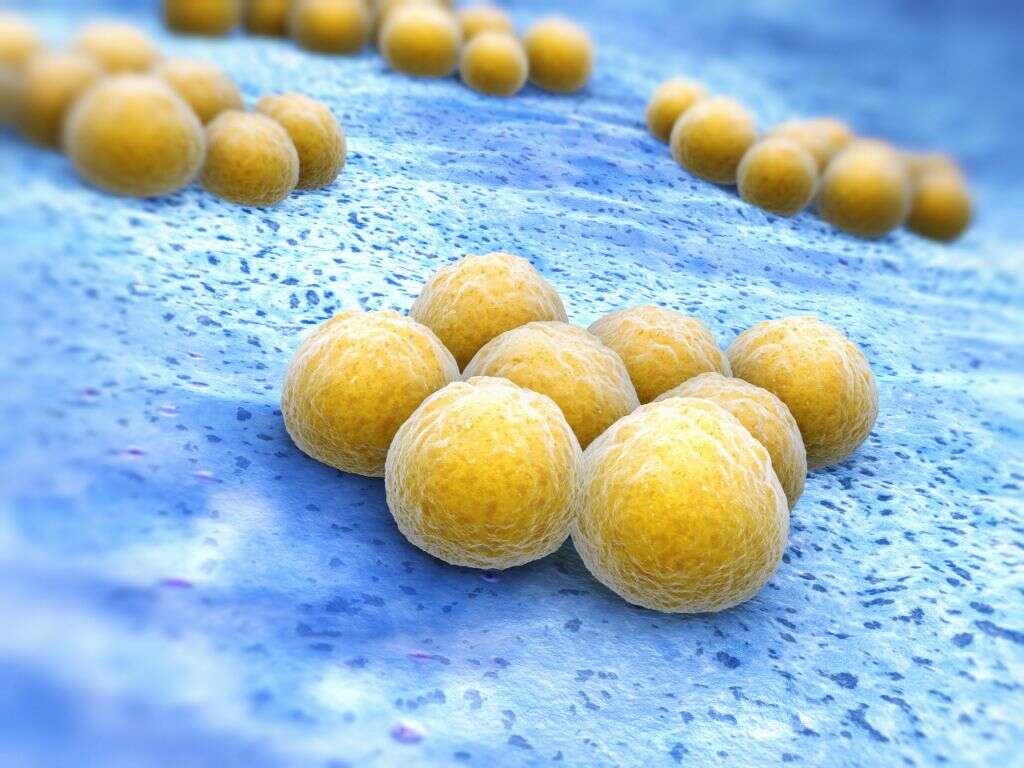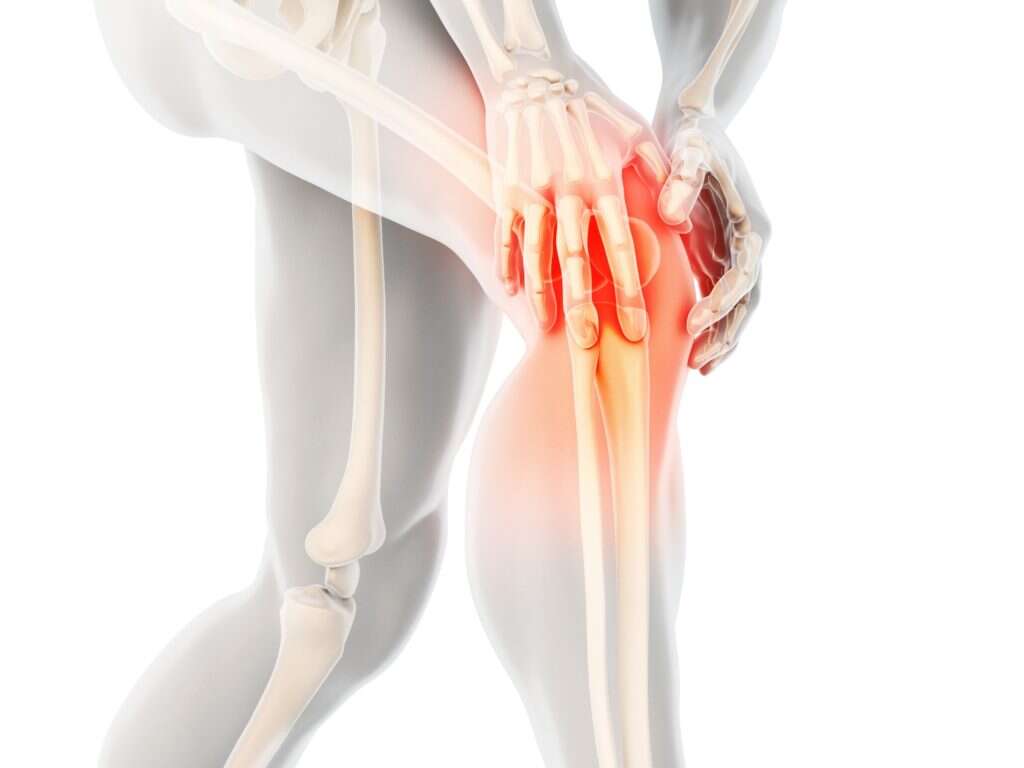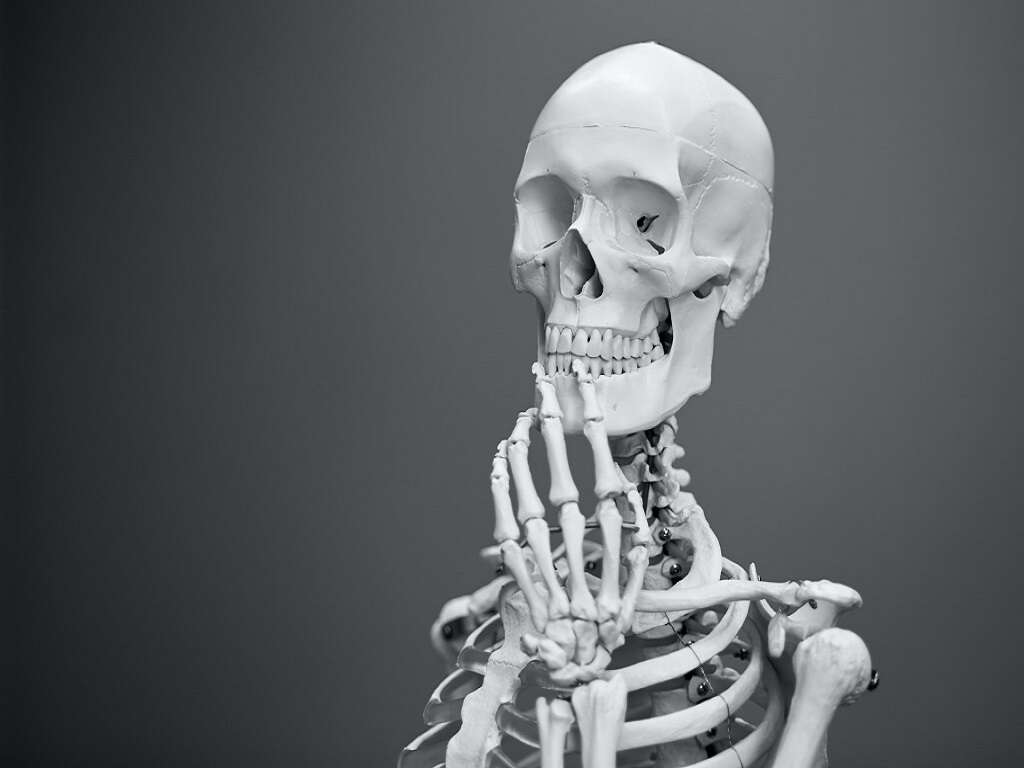What Is Osteogenesis Imperfecta?
Osteogenesis Imperfecta (OI), commonly known as brittle bone disease, is a rare hereditary condition. It is characterized by fragile bones, structural deformities, and other life-threatening abnormalities. Although present at birth, OI is not always detected until much later.
Found in both males and females, OI shows up across all ethnic groups. The severity of this incurable genetic disease varies greatly, even between family members who suffer from this condition. Understanding some of the complexities of OI can help patients strive for the best quality of life possible.
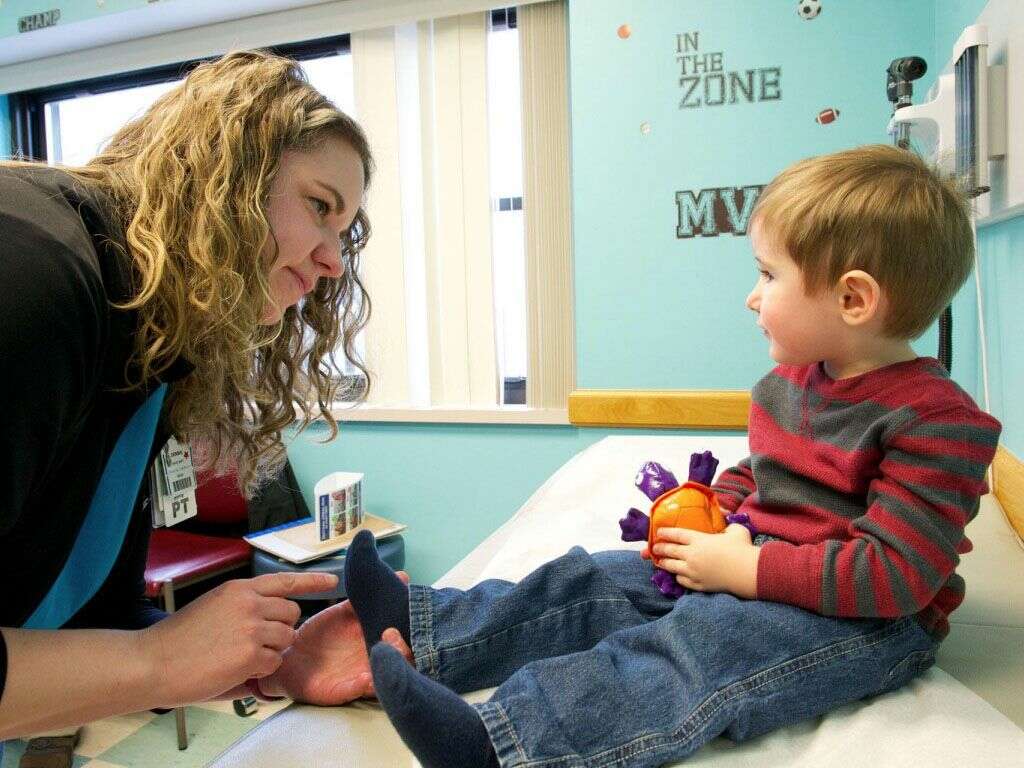
1. Genetic Cause
Congenital gene mutations coming from one or both parents are usually responsible for OI. The defect is in the gene responsible for collagen synthesis, a protein used in bone creation. The inherited disorder results in soft bones that break easily and are often deformed. Very short bones and other related structural abnormalities may also occur.
If one parent has the gene defect, a child born to that parent has a 50% chance of being born with OI. It is even possible for the genetic defect to occur as a new mutation when neither parent carries the abnormality, but this is very rare.
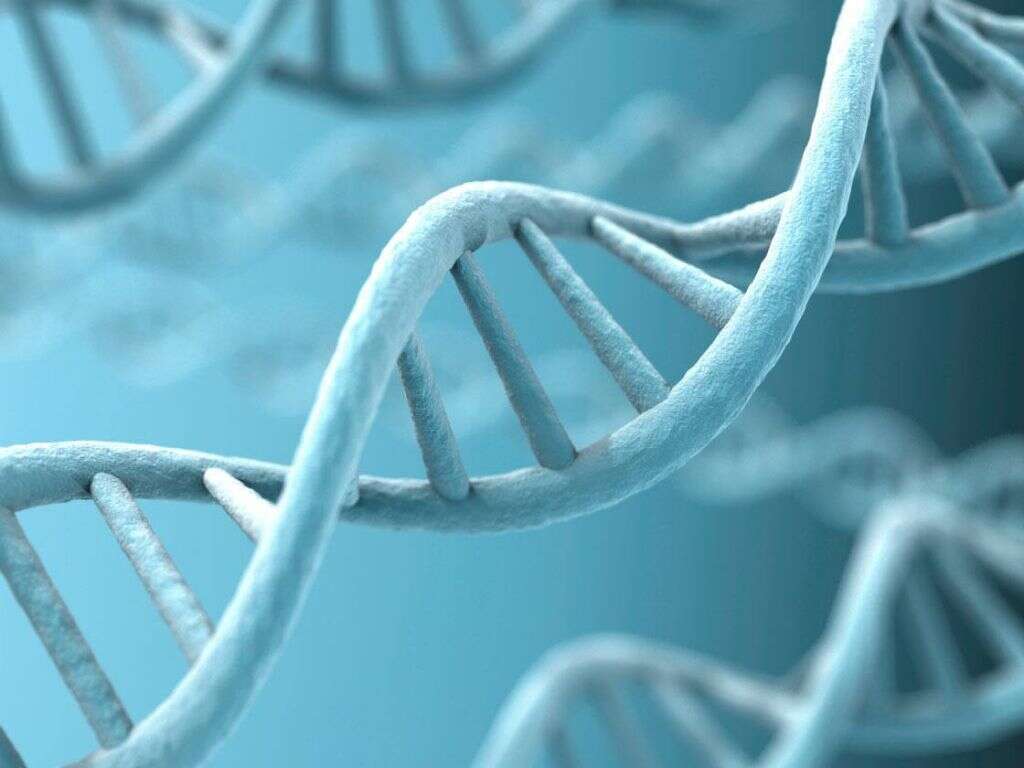
2. Common Types
There are at least eight primary types of this bone disease, which range widely in severity. Type I is the most common and mildest form of the condition. Bones tend to be mildly fragile, and fractures can still occur with only slight trauma. Most patients live a fairly normal life.
Type II is the most severe form. Death occurs before birth, shortly after birth, or within weeks. Babies are often born with underdeveloped lungs, broken ribs, and severe bone deformities. A Type III patient survives past infancy but may have many fractures and deformities, a curved spine, and a very short stature requiring later wheelchair use. Type IV symptoms can include brittle bones, retarded growth, and bone deformity but a normal life expectancy.
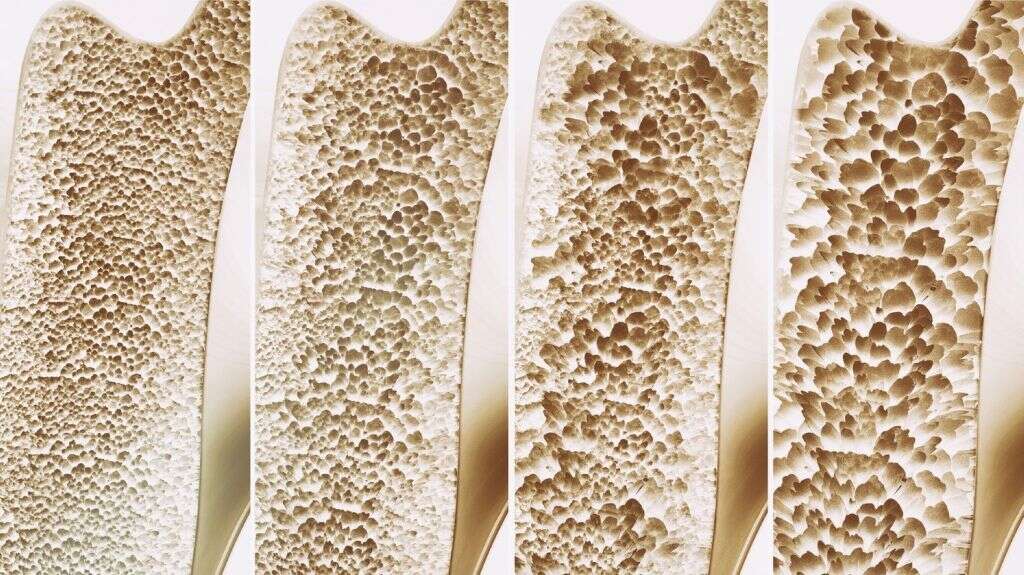
3. Less Common Types
Type V is moderately severe with many fractures, bone deformities, and possible short stature. Type VI is very rare with an additional bone mineralization defect, multiple fractures, and usually a mildly short stature. Type VII is moderate in severity, with many fractures and bone deformities, including shorter arm and leg bones.
Type VIII is severe and marked by retarded growth, short limbs, a barrel-shaped chest, and decreased bone formation in the skull. Diagnosing a particular type of OI can be challenging. Genetics are used to identify the rare forms of OI because many of the symptoms overlap.

4. Symptoms
Although symptoms vary greatly from case to case, there are manifestations that may be seen in many types of OI. Bones that bend and break easily are the most common characteristic of this genetic condition. Lack of adequate collagen causes skeletal deformities, spinal curves, short stature, and bowed limbs.
Respiratory problems, lung and heart defects, and loose joints may be present. Hearing problems can develop in children with Type I OI. Another marker is a bluish color in the whites of the eyes called blue sclerae. It results from thin collagen fibers that allow the veins underneath to show through.
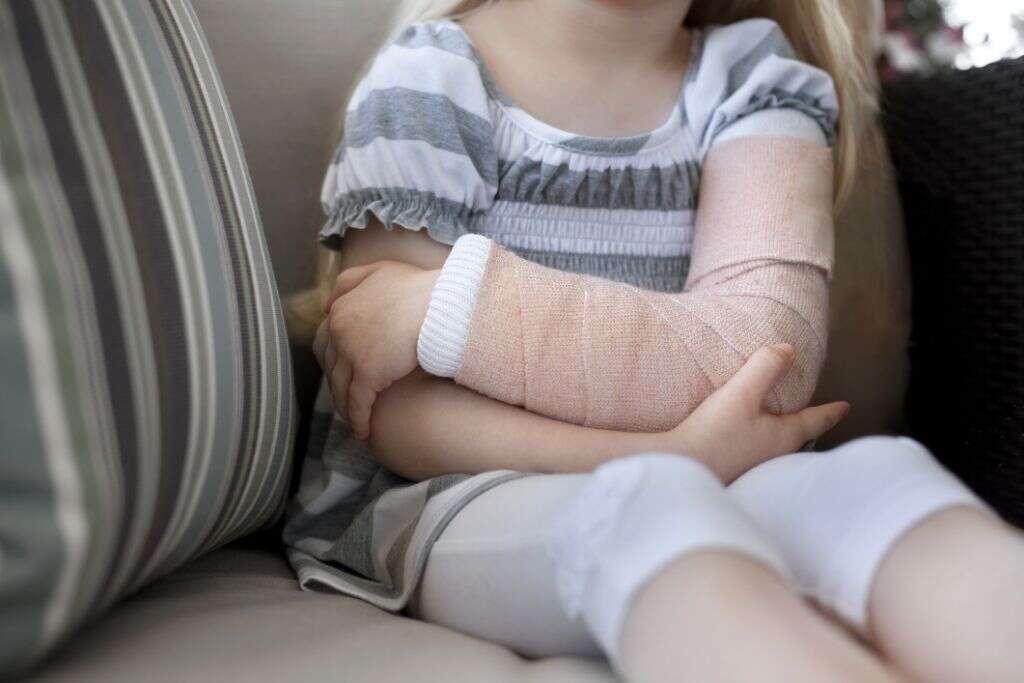
5. Vision and Dental Problems
Increased dental and vision issues can result from OI. In the last decade, researchers have linked brittle bone disease to an increased risk of glaucoma. The same genetic defect that affects the bones also impacts the corneas in children with this disease. Catching glaucoma early is important to successful treatment.
Almost half of all OI patients have a dental defect called Dentinogenesis Imperfecta (DI), which results in brittle teeth. Chipping or breaking can easily occur. Jaw deformities may cause bite problems, and teeth may become impacted. Misshapen or cracked teeth are common, and cavities are more likely.

6. Diagnosis in Utero
Type II OI can be diagnosed before birth. With this severe form of the disease, fractures often occur in utero. During a prenatal ultrasound performed at 18 to 24 weeks of pregnancy, a health care provider may diagnose the condition through evidence of fractures or bowed bones.
If a family member has OI, amniocentesis or chorionic villus sampling (CVS) may be used to test for the presence of the gene mutation. A sample of the amniotic fluid is studied, as well as a tissue sample from the placenta. Chromosomal abnormalities may indicate the mutation for OI.
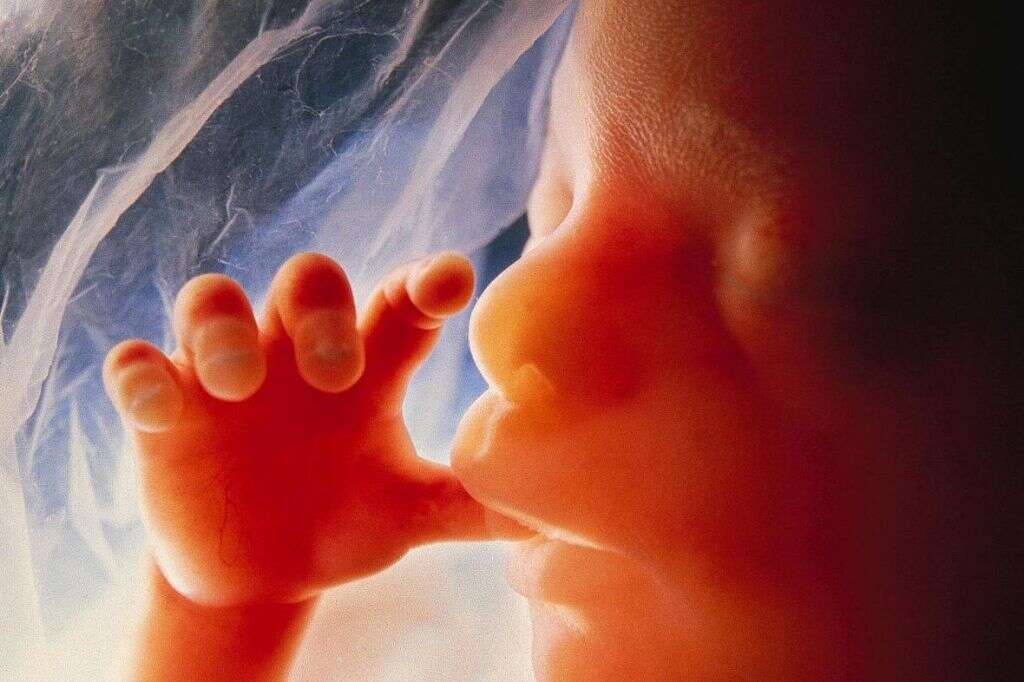
7. Diagnosis After Birth
Although severe cases of OI may cause fractures before birth, patients with mild OI may not be diagnosed until years later when a fracture occurs following a slight or nonexistent trauma. Patient age at diagnosis can vary widely. The evaluation includes a detailed patient and family history, identification of symptoms, and specialized tests.
X-rays can be used to see past and present bone breaks or defects. Blood tests and genetic testing for the OI mutation is sometimes useful. A biopsy of the skin may detect collagen abnormalities. Arriving at a diagnosis is sometimes made by ruling out other conditions through blood and urine tests.
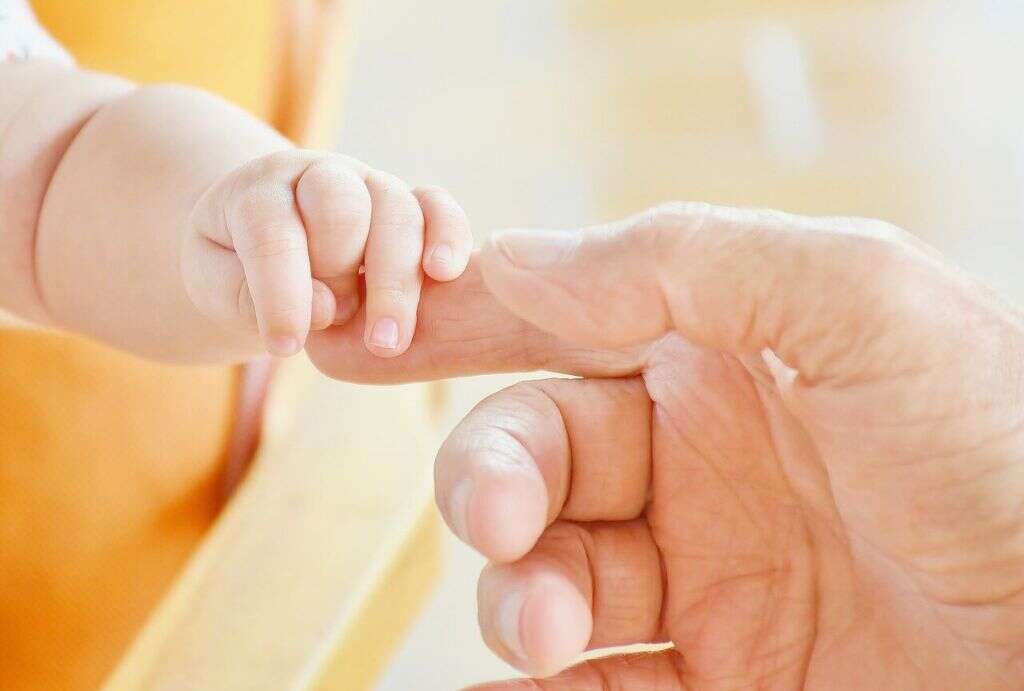
8. Treatments
While there is no cure, sometimes surgical procedures can be used to place bone rods, repair fractures, or correct deformities. Low-impact exercise helps to build bone in milder cases. Reconstructive surgery may be used over the years to alleviate discomfort and improve daily living.
When OI causes severe curvature of the spine and malformation of the ribs, life-threatening breathing problems can occur. Surgery may help, but some patients will require oxygen. Medications that ease symptoms, including pain management drugs, are sometimes prescribed.

9. Symptom Management
Fragile bones are not usually painful, but chronic pain may occur due to deformities and repeated fractures. In mild cases, however, patients who are monitored and treated can live healthy, productive lives. When mobility becomes an issue, wheelchairs, walkers, and crutches may be helpful.
The management of OI may also include physical and occupational therapy. It is important to preserve the current health level of the patient as much as possible to achieve the best quality of life. Promoting function at all levels and minimizing further fractures can help prevent symptoms from worsening.
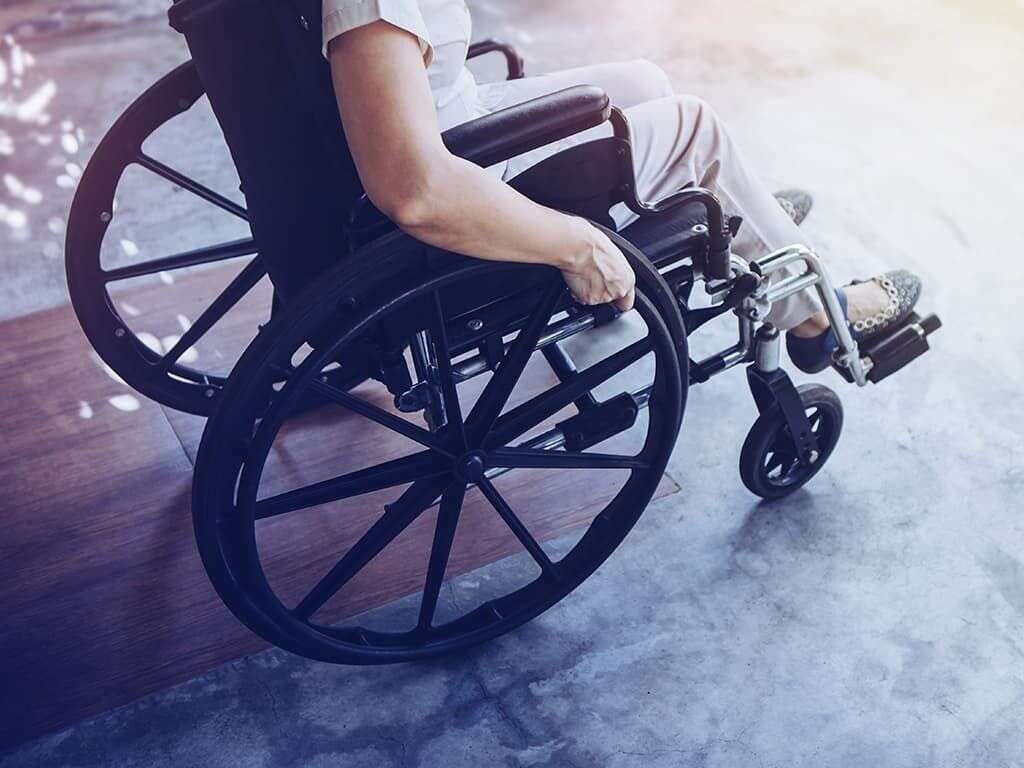
10. Life Management
Dealing with any disease is not easy, and OI can be overwhelmingly difficult for the family as well as the patient. Severe symptoms may lead to social isolation and depression. Learning pain management techniques can be helpful.
Because of the inherited nature of the condition, feelings of anger and guilt may plague the parents. If siblings are affected, the strain on the family is magnified. Counseling can help everyone deal with these complicated emotions.




